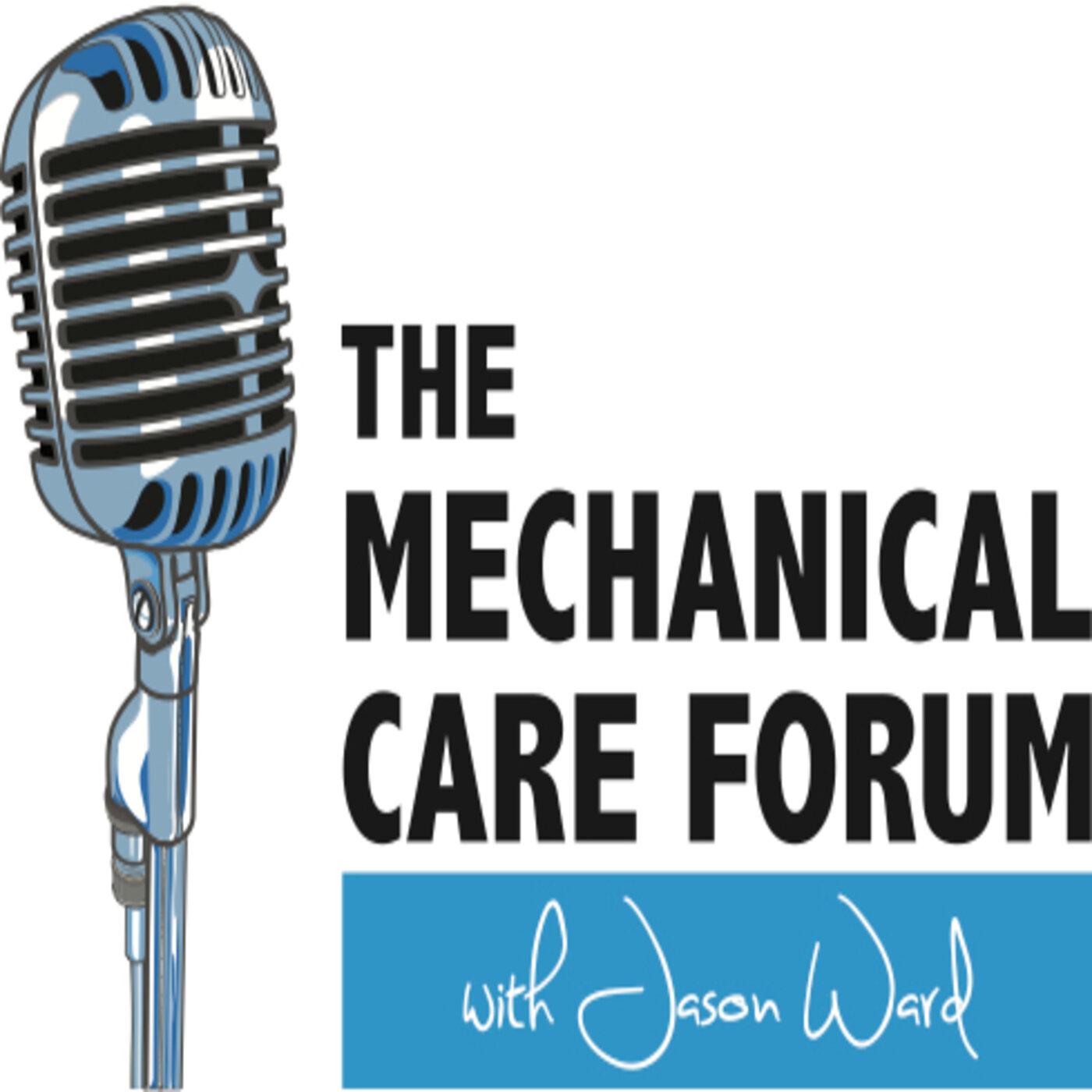Steven Heffner, DC, Dip MDT
This episode features part two of my interview with Dr. Steven Heffner. In this episode he shares a valuable lesson from a patient, an effective analogy used for education of centralization, sound advice for considering the business side of therapy, resources and studies he finds helpful and much more.
Show Notes
A Memorable Patient
Steve believes that most, if not all therapists that have used this method very long have had their miracle patient. Those don’t stick in his mind as much as the one’s who’ve taught him a lesson. He gives the description of a patient and her scenario and what he learned about giving the patient a chance to explain before he corrects.
Patient Analogy
In addition to using the bent knuckle and the cut knuckle, and because there are a lot of farmers in his area, he uses an analogy for centralization and peripheralization. Steve asks the patient to imagine they’ve got 10 pounds of manure (and depending on his patient he may use more colorful language) and they’re trying to move it up and up the leg with the movements he’s teaching them and stuffing it into a 5 pound bag. And that is the reason why many times they may experience a little, or even a lot, more pain in the back as they fix the problem.
Best Advice
With treating a patient, we have two hands. We have the healing hand and the business hand. And those two hands need balance. To help with the business hand, he remembers what Scott Herbowy mentioned which was to do what the surgeons do with a patient that has a broken arm. They give the patient some timeline that gives them expectation and helps to keep the patient through that episode of care to best improve their outcome. Doing this with our patients will reduce our no show or cancel rate and help us get to recovery of function much more often.
Doing Differently Now
Steve is not manipulating patients until he’s taken them through the progression of forces.
Another thing he does is flex people a lot more than he used to.
And yet another thing he does is put his patients through a lot more repetitions to get more clear answers as to their subclassification.
Resources
The text books. Steve rereads the texts about every two years. Auditing C and D MDT courses is very valuable for any credentialed or diplomaed therapist. He also encourages his students to go back to the conference manuals. Steve offers to also be a resource. If you want to ask Dr. Heffner for any help he welcomes our requests. You can find him at: sheffner@laurelhs.org
Impactful Studies
Werneke et. al. Prevalence of classification methods for patients with lumbar impairments using the McKenzie syndromes, pain pattern, manipulation, and stabilization clinical prediction rules.JMMT 2010
You can read the study in its entirety here.
Laslett, M. Evidence-based diagnosis and treatment of the painfulsacroiliac joint. JMMT 2008
This entire study is also available here.
Personal Habit
Patients have told Steve that they feel comfortable with him and they explain that they do because he actually listens to them.
Promoting
Steve wants to announce the 29th chapter that is currently known as the Chiropractic Branch. Jonathon Soltys is the executive director and they are making significant progress in securing relationships with 5 different chiropractic schools that will include teaching the principles of MDT within their curriculum. Look for more information on this new branch coming soon atmckenziemdt.org
Reach Dr. Heffner at sheffner@laurelhs.org
To contribute:
Give a 5-star review on iTunes;
Share EP #35 with a friend; and/or
Connect with us on the Spotify MCF Podcast and MCF Instagram page!
Thanks for your support!

